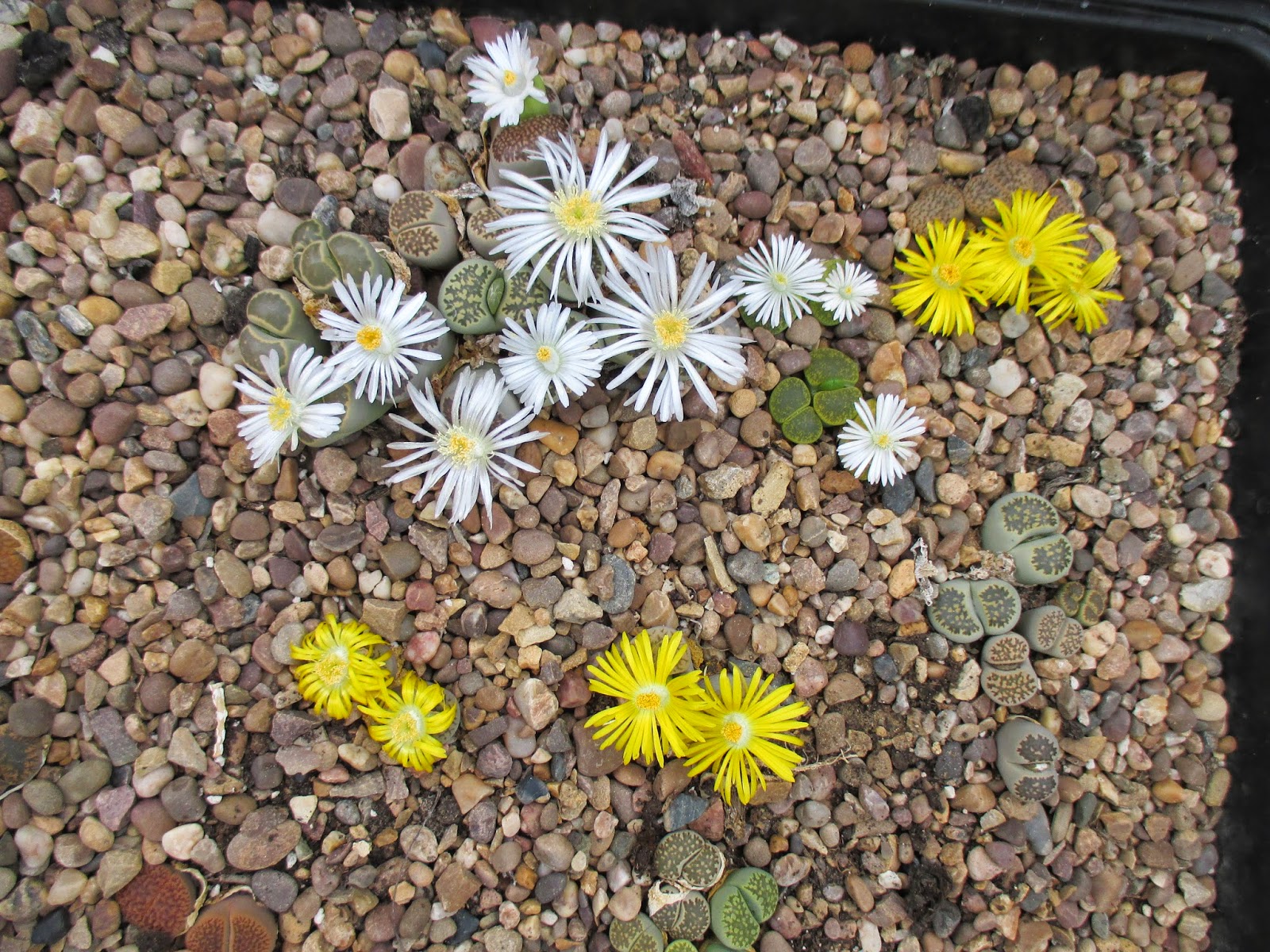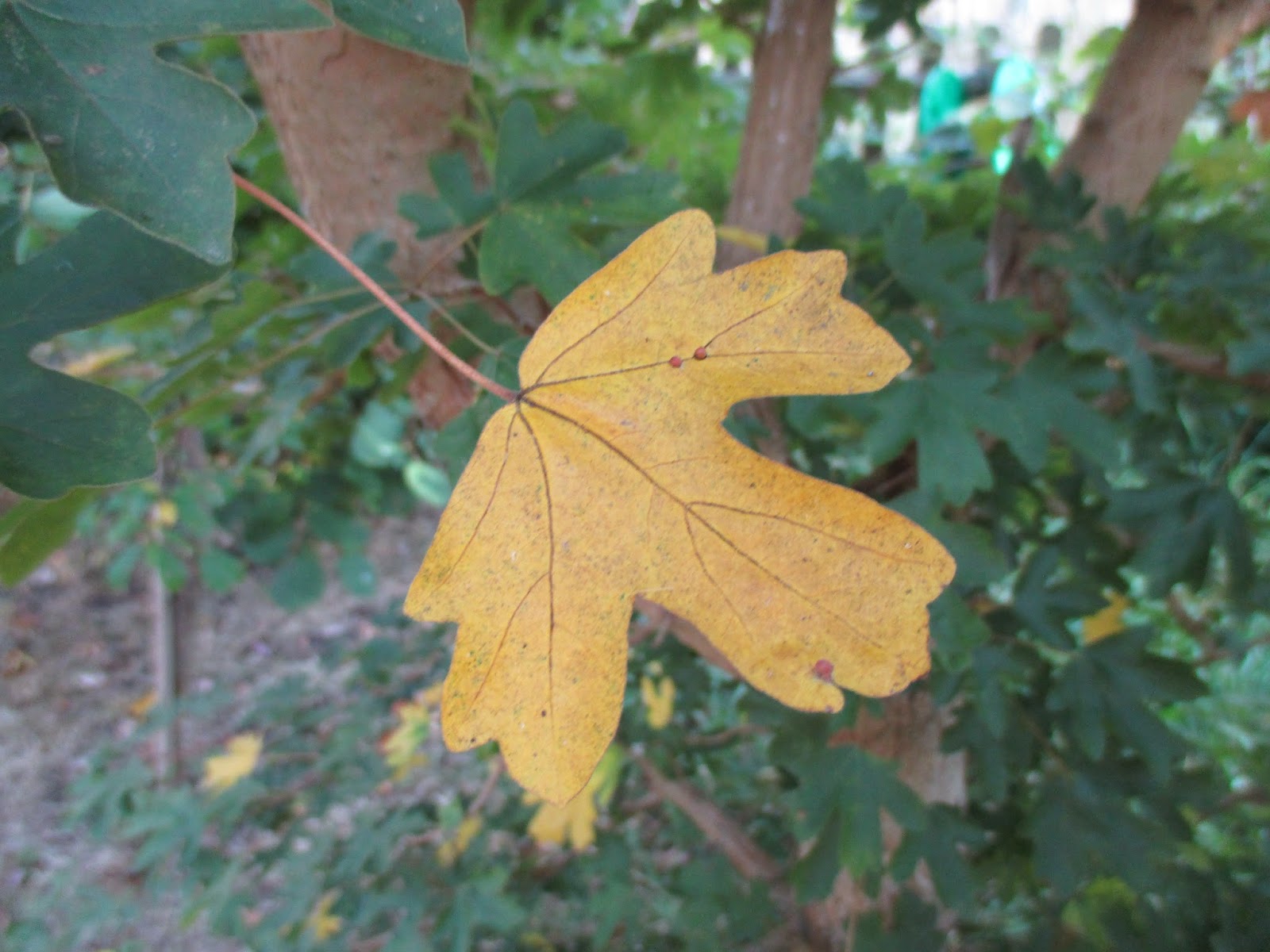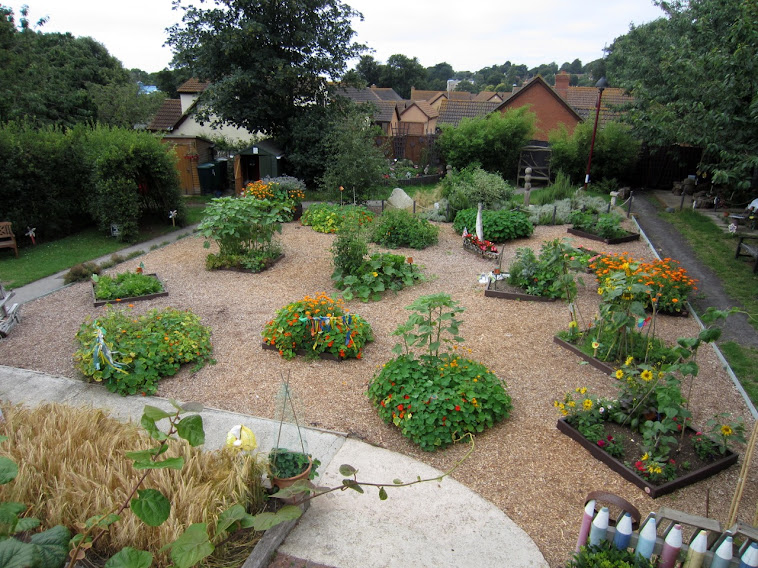An old Russian proverb.
The Living Stones in the greenhouse are now at their best. One can imagine carpets of these flowers in the deserts in Namibia.
 |
| The Living Stones |
Also in the greenhouse the sundew is the best it has ever been. Repotting it earlier in the year seems to have done the trick. A close up photograph shows the masses of sticky globules which inquisitive flies and other insects stick to if they get too close.
 |
| The sundew plant |
However the most interesting news in the greenhouse is that we have produced rice again. Our minature rice paddy has sprouted many stalks of rice bearing seeds. Well worth a look.
 |
| Rice! |
Downloading the weather station to obtain the September figures shows how good a late summer we are having. With temperatures almost daily over 20C and the pressure chart showing consistently high. (click the charts to enlarge)
 |
| Chart showing the high pressure in September |
 |
| Glorious high temperatures in September! |
Work in the Jurrassic garden continues. The basic ammonite shape has now been reached. The 'bendy' edging boards have reached their limit of endurance and the finishing the centre piece is up for discussion! We have a few ideas. The path to the eco-loo has also been levelled and staked. One of the next jobs is to start to source infill which will help us move on again. The site will be covered with a porous membrane to stop weeds coming through but allow rainfall to seep through.
A new insect was discovered recently in the garden. Keen eyes spotted a spider hunting wasp dragging a dead spider over the brickwork outside the HQ shed. It is a member of the Pompilidae group. This is a tricky group but hopefully the flight period and location might help narrow down the species
 |
| Spider-hunting wasp |
Finally proof, it it is needed, that autumn is just around the corner. The Field Maple leaves are starting to turn gold and the setting sun is getting low in the sky as the photograph of it setting behind the hazel bush shows
 |
| Field Maple leaf |
 |
| The setting sun |





































